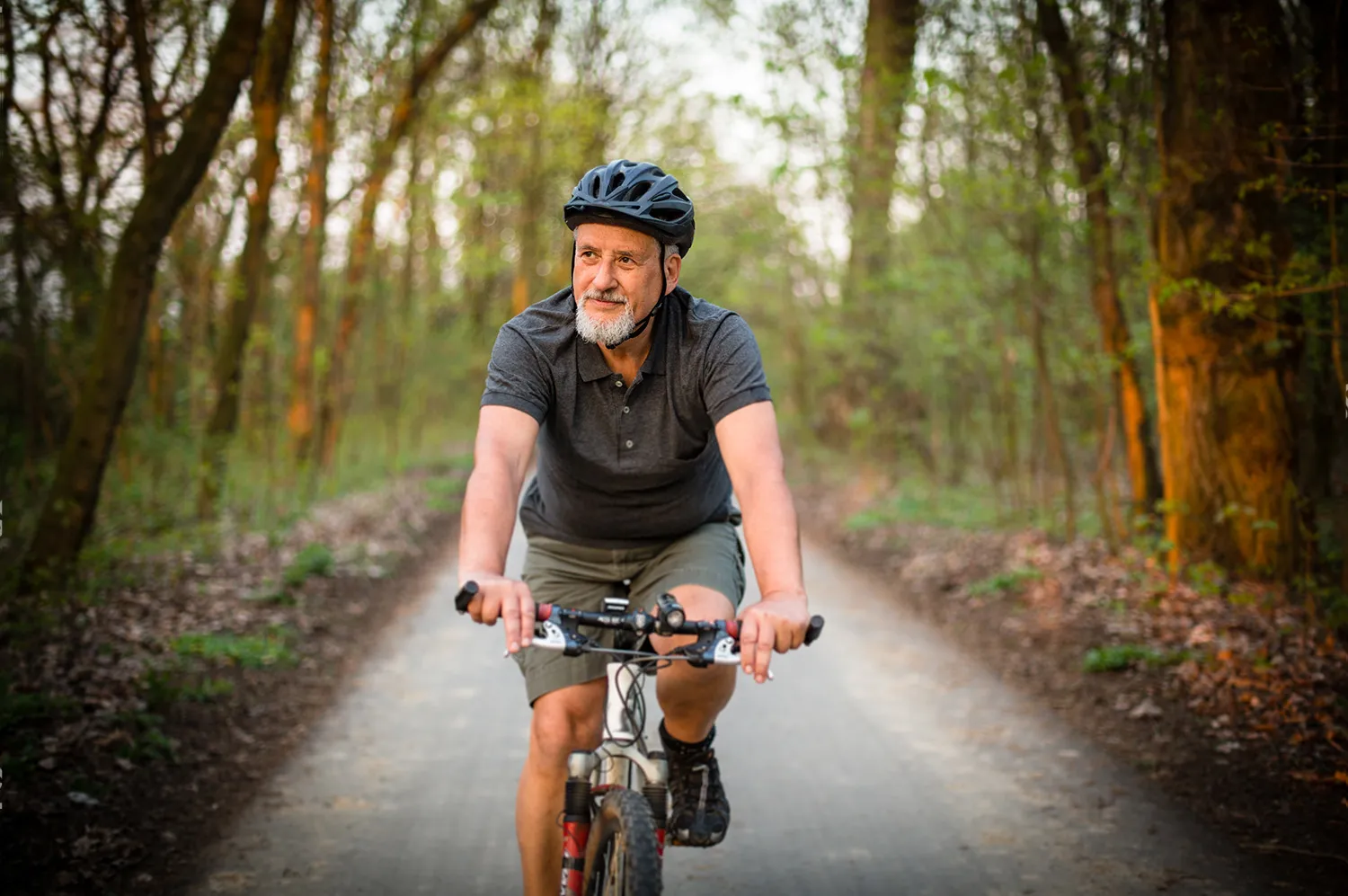
Type 2 Diabetes
Type 2 diabetes is a condition where the level of glucose (a type of sugar) in the blood is too high. It is generally diagnosed using a blood test called HbA1c. A level of 48 mmol/mol (or 6.5% using older units) or above is diagnostic for diabetes.
Although our genes can influence whether we develop type 2 diabetes, it is now well established that lifestyle factors, such as eating an unhealthy diet and being physically inactive, have the biggest influence on whether we develop the condition. Over the past twenty years, the number of people across the globe with type 2 diabetes has more than tripled. Over the same period, the food environment has changed significantly, with more and more ultra-processed foods becoming part of our daily diet. We also spend much more time sitting in front of screens in a way that was unthinkable just a few decades ago. An unhealthy diet is associated with high levels of sugar and insulin in the blood. This leads to the accumulation of excess fat in the internal organs and to metabolic changes including insulin resistance that then lead to type 2 diabetes.
Until recently, it was believed that type 2 diabetes was a progressive and irreversible condition that would stay with you for the rest of your life. We now know that type 2 diabetes can be reversed and put into remission, especially for people who are recently diagnosed.
Knowing that type 2 diabetes is related to lifestyle and knowing that it can be reversed has led me to focus on helping people ‘reverse’ to a healthier lifestyle in order to help them reverse their diabetes. That means becoming more active and eating a healthy diet made up of fresh, real food. As high insulin levels are part of the problem, it is important that everything possible is done to reduce these levels. And as carbohydrates (sugars and starchy foods) in the diet lead to more insulin being produced, I encourage people to think about how they can reduce the carbohydrates in their meals.
So, what does this look like? It means avoiding highly processed foods and ready meals (they often contain high amounts of salt, sugar, and unhealthy fats). It means cooking your own meals and having generous portions of leafy green vegetables. And it means avoiding meals that are high in carbohydrates, such as large portions of potato, pasta, or rice. Rather, these starchy foods should form just a small part of any meal, if at all. My books ‘Busting the Diabetes Myth’ and ‘The Low Carb Diabetes Cookbook’ provide more detail on how to go about making these changes.
The other aspect to a healthy lifestyle is increasing physical activity. Any increase in activity is beneficial, and as a start, I encourage people to identify how they can include extra activity into their everyday lives.
The only way to know whether lifestyle changes are having the right effect is to measure glucose levels. Not everyone with type 2 diabetes has access to home blood tests, but it is possible to buy a meter and test strips and do just a few tests a week to see how meals affect blood glucose levels. Using a Freestyle Libre or similar device is even better for those who can afford it, even if only for a few months while making lifestyle changes.
It is important to recognise that many people need medication to treat type 2 diabetes. My approach is to use medications that will help lifestyle changes have the biggest effect, and not work against them.
